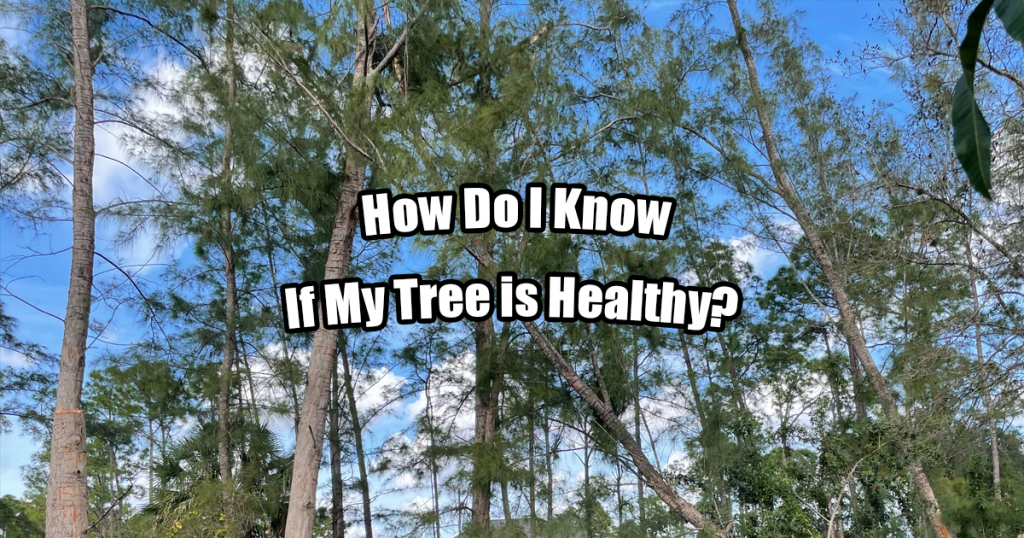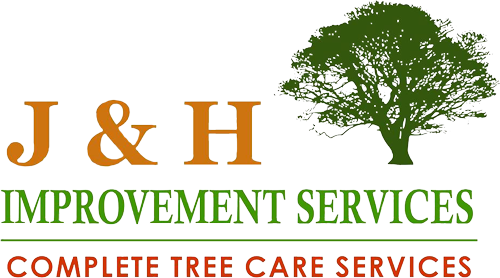
Whether deciduous or conifer, trees play a vital role in any landscape. They come in a wide variety of shapes, sizes, and textures, so they have a direct impact on the overall look of your property. However, they’re much more than ornamental; trees also provide welcoming shade on hot days, they welcome wildlife, like birds, squirrels, and other types of critters that are important to a healthy ecosystem, and of course, they help to clean the air. Plus, trees can have a big impact on the value of your property.
In order to take full advantage of the many benefits that trees provide, it’s essential to ensure that they remain healthy. Like all living things, however, trees can suffer from several healthy problems. They can be infected with disease and succumb to old age; they can also be negatively impacted by weather-related events, as well as pests, such as termites, carpenter bees, and other wood-boring insects. To protect your arboreal friends, maintaining their health is vital. By keeping a close eye on your trees and acting accordingly, you can potentially save your leafy investments or, if necessary, remove them from your property before they become a liability instead of an asset.
But how do you know if your trees are healthy? Here are some telltale signs to look be on the lookout for.
Telltale Signs of Healthy Trees
Get into the habit of examining your trees. At least a few times a year, go outside and inspect your conifer and deciduous trees, and make sure you check them after major storms, too. When you’re assessing your trees, if you notice the following, you’ll know that they’re in good shape:
- A single main trunk. Also known as a “leader”, a healthy tree will have a single trunk. Not only does a primary, center trunk hold a tree up straight, but it also secures its strength and structural stability.
- Evidence of new growth. Each year, a health tree will generate new growth, and that growth can be seen on both the trunk and the branches of the tree. You can look for evidence of new growth by measuring the distance between the buds of the current year to the buds of the previous year. You’ll notice scar-like marks on the branches, and those marks indicate the previous year’s growth. When you’re measuring a tree’s growth, keep in mind that each species of tree grows at a different rate. Speak with an arborist or check online to find out about the growth rate of your specific species of trees.
- Hardy branches. You can check to make sure that the branches of a tree are healthy by trying to snap a twig off of a branch; if the twig bends, the branch is healthy, but if it breaks, it isn’t.
- Robust bark. The outer bark protects a tree from the outside world. It blocks out excessive moisture and prevents the tree from losing moisture. It also insulates the entire structure from extreme temperatures and winds, while also warding off pests. Bark continuously grows and renews itself from within. Check the bark on your tree. It should be completely in-tact; bark should not appear to be loose or peeling off of the trunk or branches.
- Healthy leaves. The branches on a healthy tree should be full of leaves (or in the case of evergreens, needles). During the start of the growing season, you should notice the emergence of new buds, and at the height of the growing season, the branches should be full of healthy leaves. They should also be the appropriate color, shape, and size for the growing season; for instance, in the spring, the leaves of a deciduous tree should have a vibrant, bright green color, in the summer, they should be deep green, and in the autumn, they should start to change colors (depending on the species), until they fall off to protect the tree during the cold season. The needles of a conifer tree should be green and dense all year long.
If your trees check off the above-mentioned boxes, they’re in good condition and will continue to add to the beauty and the function of your landscape.
Unsure if you can make your trees look the way you want?
Warning Signs of an Unhealthy Trees
When you’re inspecting your trees, you should also be on the lookout for signs that indicate they’re unhealthy. Here’s a look at some of the telltale signs that indicate a tree is in trouble and needs help.
- Trunk and limb damage. If you notice any cracks, holes, or cavities in the trunk or limbs of a tree, something is amiss. These marks can be caused by a number of things, but often, they’re associated with decay that occurs after a tree has been injured.
- Leaf changes. While it’s totally normal for the leaves of a healthy fruit, ornamental, or any other type of deciduous tree to change color and fall off in the autumn, if you notice changes in the leaves at the start or height of the growing season, your tree is in trouble. Damaged, decaying, diseased, or dying trees may experience reduced leaf generation, the leaves could change color or appearance, they may wilt, or they may be completely absent. The needles on a healthy conifer tree will be robust, green, and abundant year-round. If you notice that the needles are changing color or dropping off of the branches, that’s a sign of trouble.
- Missing or damaged bark. Check out the bark on the trunk and limbs of the tree. If it appears to be peeling or loose, or there are bare patches, something is wrong. There are several reasons why bark can become loose, damaged, or completely fall off of a tree; lack of nutrients, improper or lack of pruning, or damage from pests, for example.
- Fungal disease. Trees can develop fungal infections, and these infections manifest in several ways. Examples of a fungal infection include mushroom growth along the base, trunk, or branches of the tree, discolored leaves or bark, damaged leaves or needles (wilting, color changes, or complete loss of leaves or needles). A dusting or a coating may also appear on the tree.
- Damaged roots. The root system is vital to the overall health and well-being of a tree. Not only do the roots provide structural stability, but they also feed the tree, carrying water and nutrients from the soil to the rest of the plant. Signs of root damage vary and can include poor growth, dieback of twigs or branches, wilting or dropping of leaves or needles, and instead of standing straight, the tree may start to lean.
Summing It Up
If you notice any of the above-mentioned signs, a tree that was once an asset to your property could become a serious liability. Pest infestations, as well as disease and fungal infections, can spread through the entire tree and ultimately, can kill it; moreover, pests, disease, and fungus can spread to other trees and plants on your property. Branches or limbs could break off, or the entire tree could fall over, land on your house or fence, a neighbor’s house or fence, a car, take down power lines, or even fall on a person or animal.
If you aren’t confidence in your ability to inspect the health of your tree or you suspect something is wrong, get in touch with a tree care and maintenance professionally as soon as possible.
